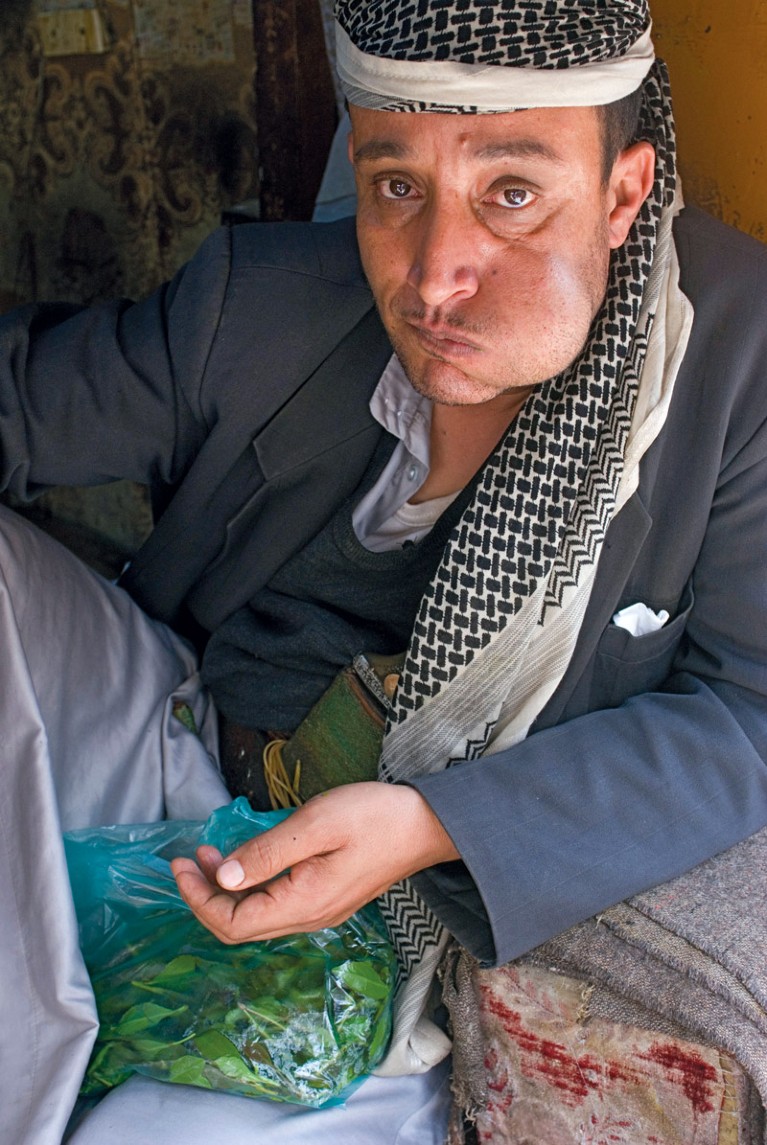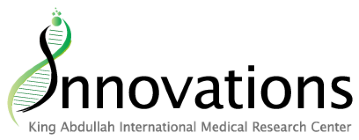
Yemenis commonly chew qat leaves, apractice that is thought to be leading to higherincidences of oral cancer in the country.©OSCAR ELIAS / ALAMY
An analytical review of 19 research studies has revealed high rates of oral cancer in some Arab countries, possibly due to widespread tobacco chewing. But, a lack of national cancer registries and population-based studies means the true prevalence of this disease in the region is unknown.
The review, conducted by epidemiologist Ashraf El-Metwally and colleagues from King Saud bin Abdulaziz University for Health Sciences in Riyadh, found the incidences of oral cancer in Yemen and southern Saudi Arabia were possibly among the highest in the Arab world. Oral cancer is diagnosed in people younger than 40 in these two regions and could be related to widespread chewing of qat leaves and tobacco.
The exact prevalence of oral cancer in the Arab world appears to range from 0.5 per 100,000 people in Syria to 10 per 100,000 in southern Saudi Arabia and Yemen, according to studies.
Very high rates of oral cancer are also seen in Sudan, where a snuff known as Toombac dipping is widely used and a habit for 34% of oral cancer patients. In Jordan, narghile, or water-pipe smoking, is popular. Both practices are significantly associated with oral cancer diagnoses in individuals averaging 45 years. Elsewhere in the world, oral cancer is usually diagnosed in people over 50.
Oral cancer is the eighth most commonly diagnosed cancer worldwide, with an incidence of more than 300,000 new cases annually. In Sudan, however, it is the fifth most common type of cancer.
“While men account for a higher percentage of oral cancer cases in the Arab world, we are seeing an increase in this disease in women in the southwest areas of Saudi Arabia,” says El-Metwally.
The research review found that squamous cell carcinoma was the most frequently detected kind of oral cancer in the Arab world and that it is frequently diagnosed in its late stages.“One of the most significant issues is that oral cancers are not caught early enough when they are more treatable. This occurs in areas in which patients do not have regular access to dental care,” says El-Metwally.
In Saudi Arabia, oral cancer recurs in 56% of patients during the five-year period following initial diagnosis and treatment.El-Metwally says there is a pressing need to educate people about risk factors for oral cancer, such as smoking, qat and tobacco chewing, spicy food, and alcohol. It is also important that people have regular dental check-ups, which can help in the early detection of the disease, potentially increasing the five-year-survival rate to 60% for patients with early-stage tumours, compared to 20% in advanced disease.


